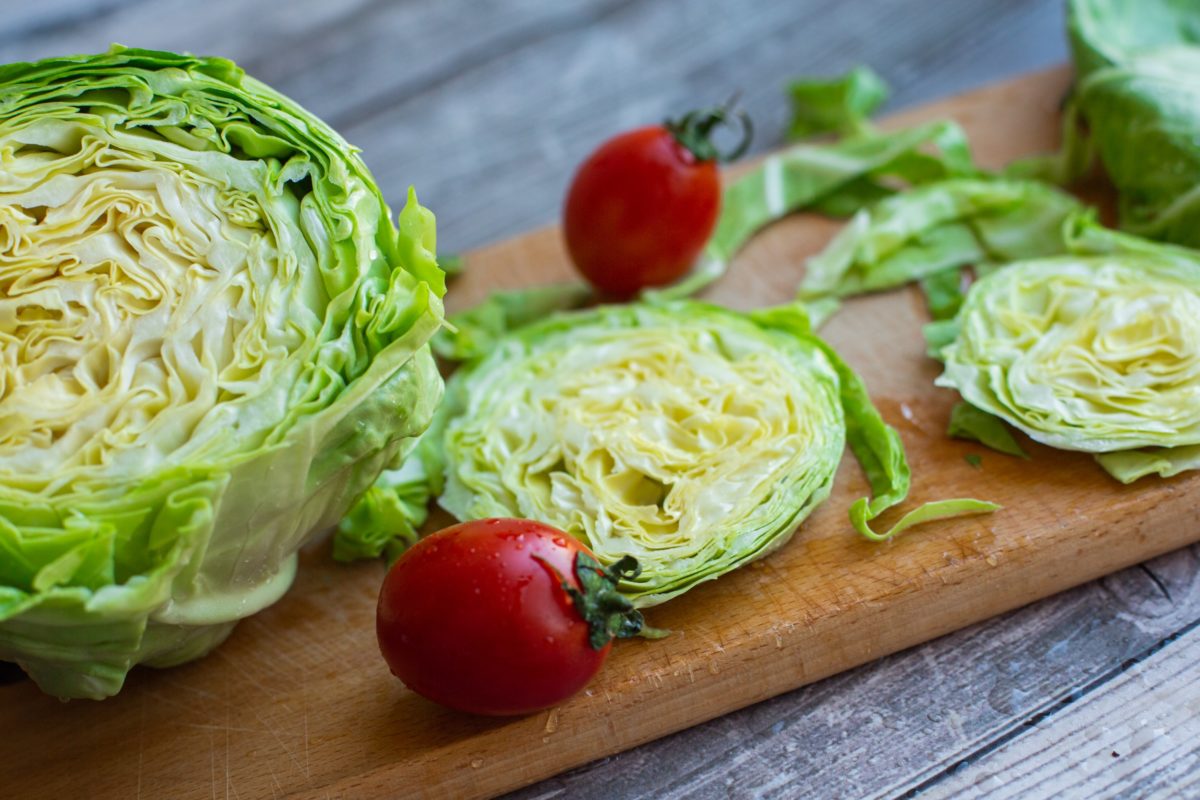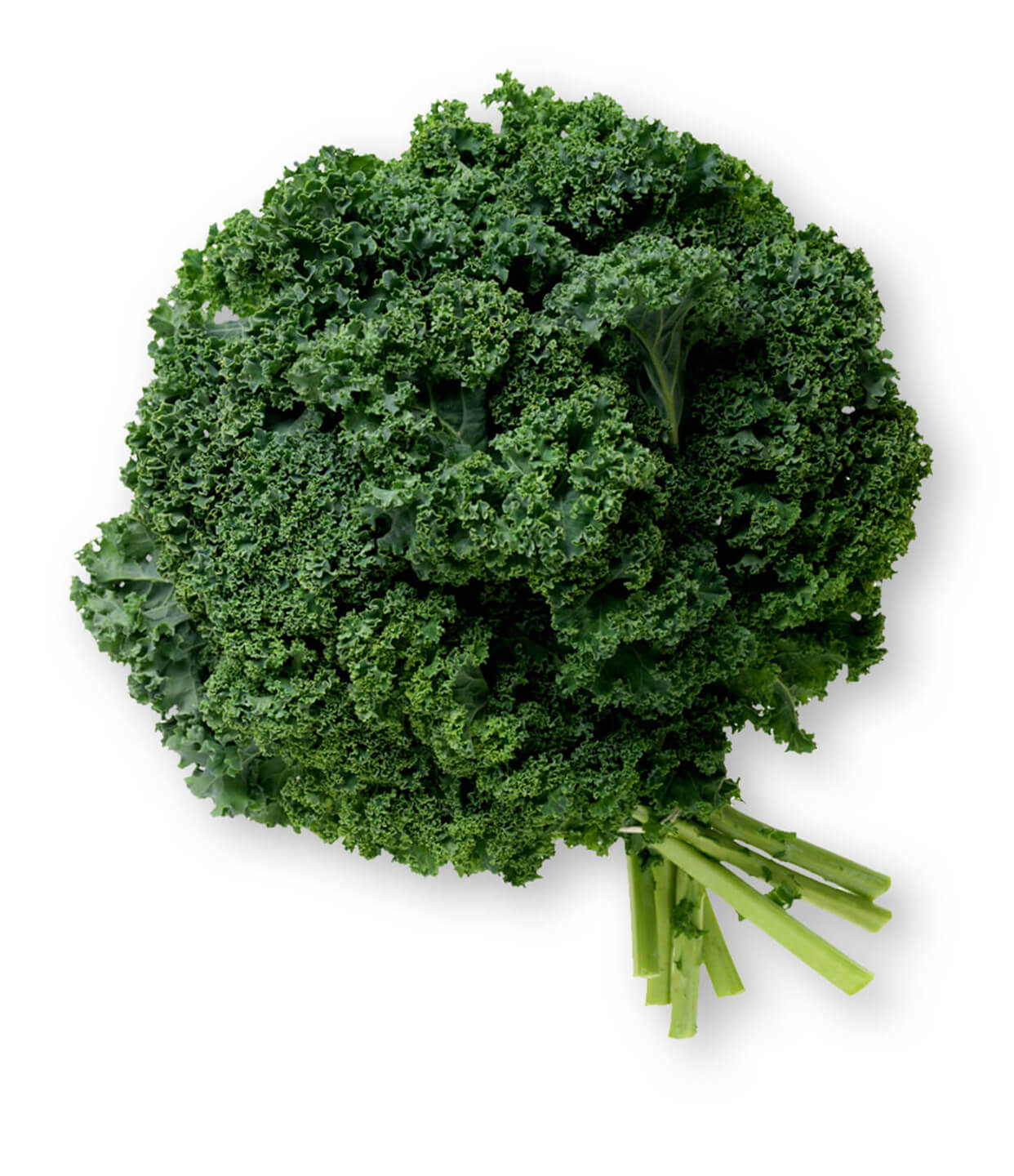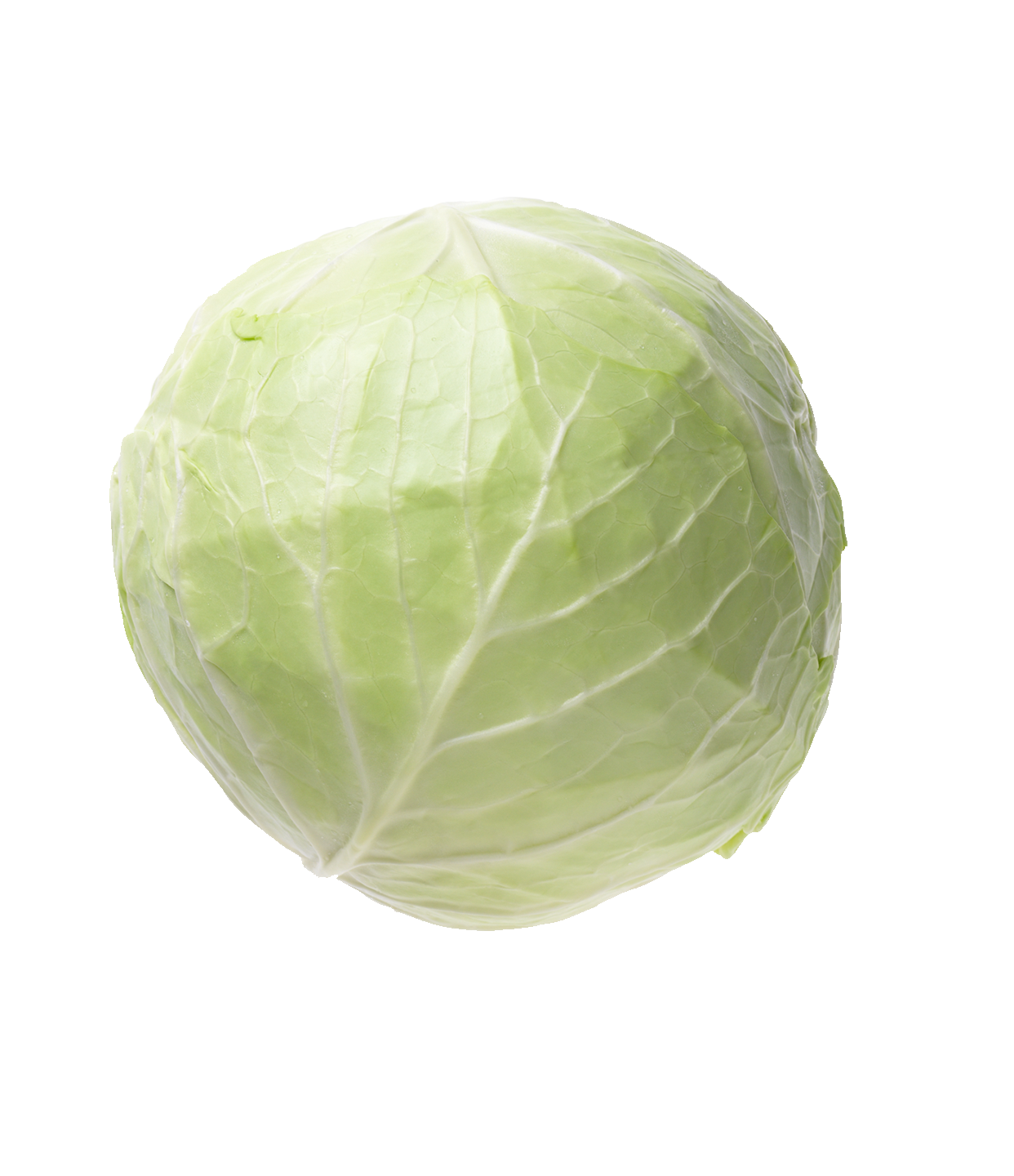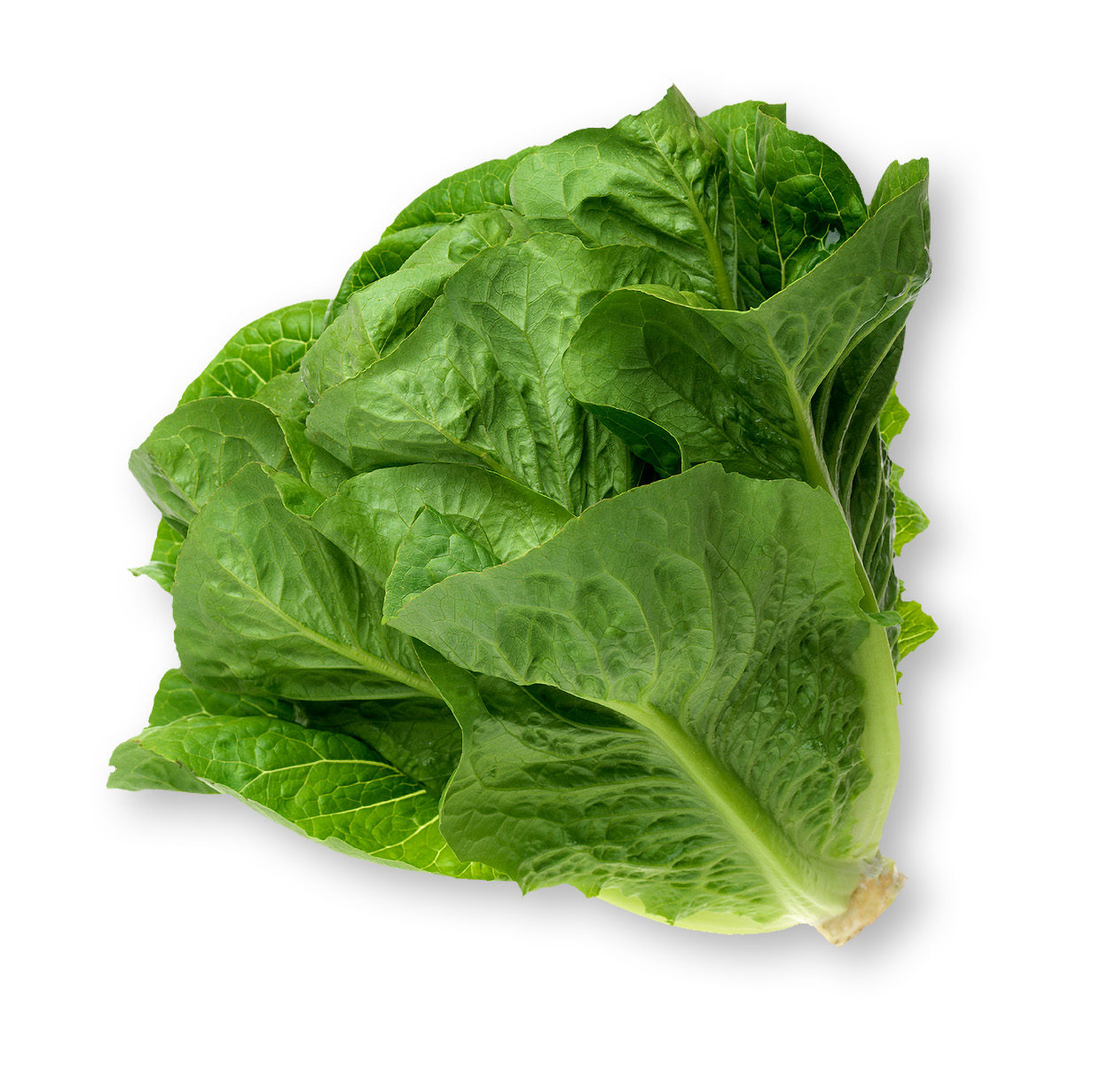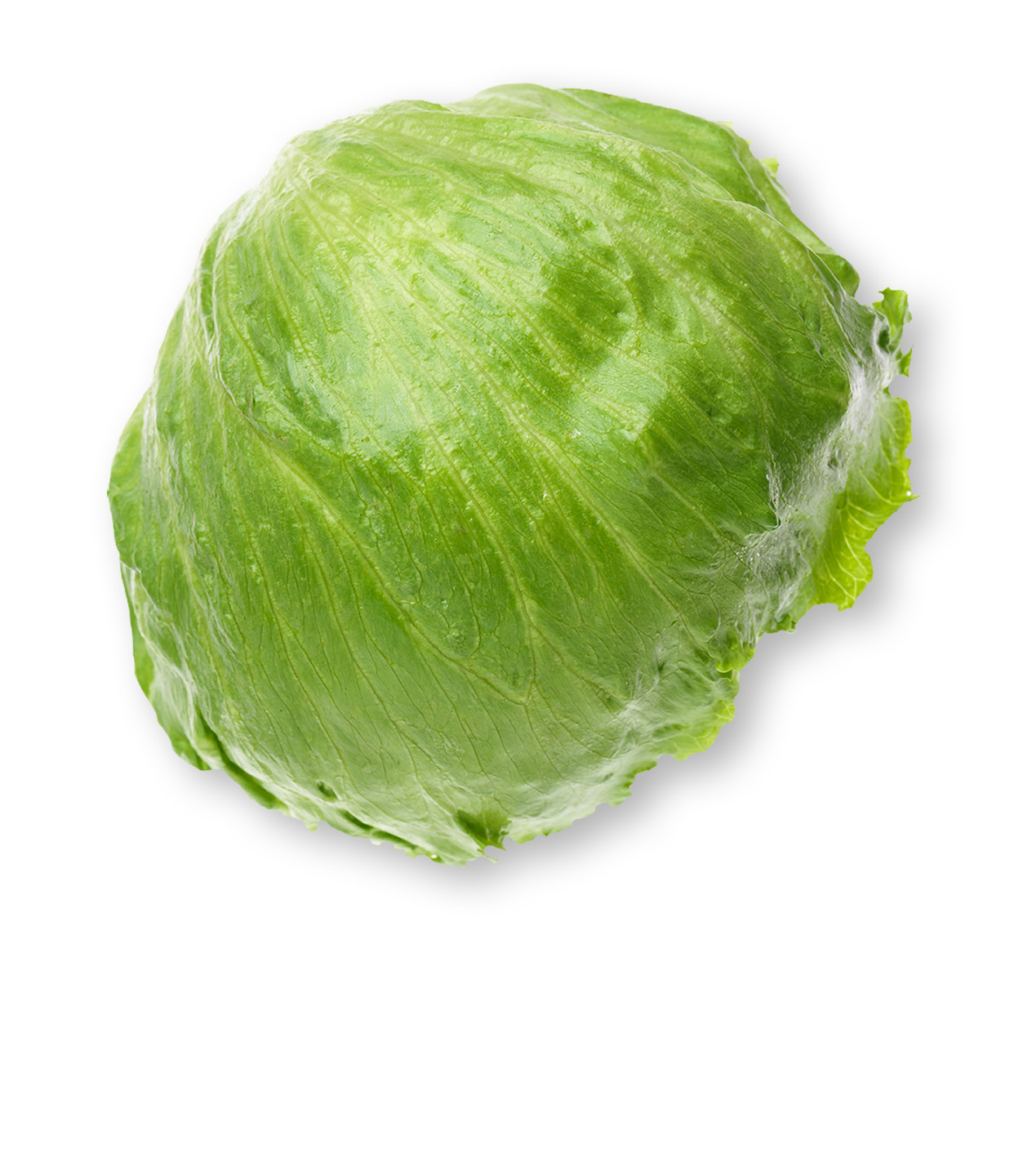Pro Tip:
If you are looking to increase the amount of sweetness in your leafy greens, choose varieties that are inherently sweeter and use primarily the heart of the leaf. Outer leaves are generally more bitter and by removing them, the overall sweetness will be amplified. Neutral and sweet leafy greens provide a blank canvas for flavor. Explore blending them with a variety of leafy greens to balance bitterness, add textural dimension and visual appeal.

